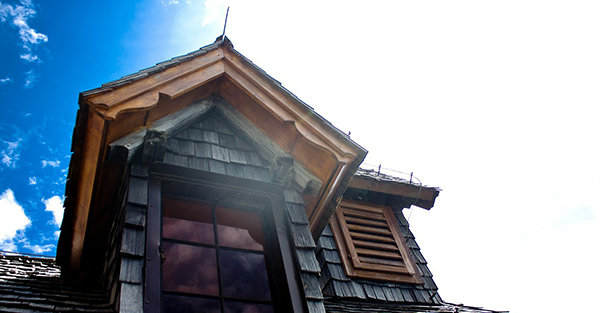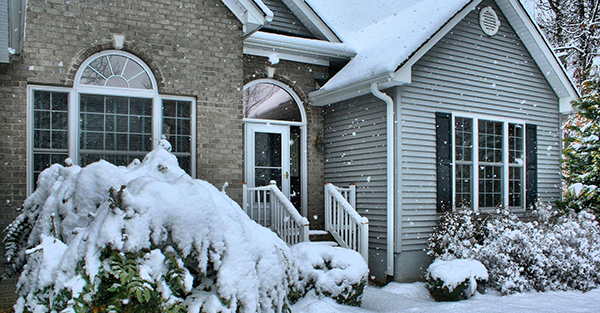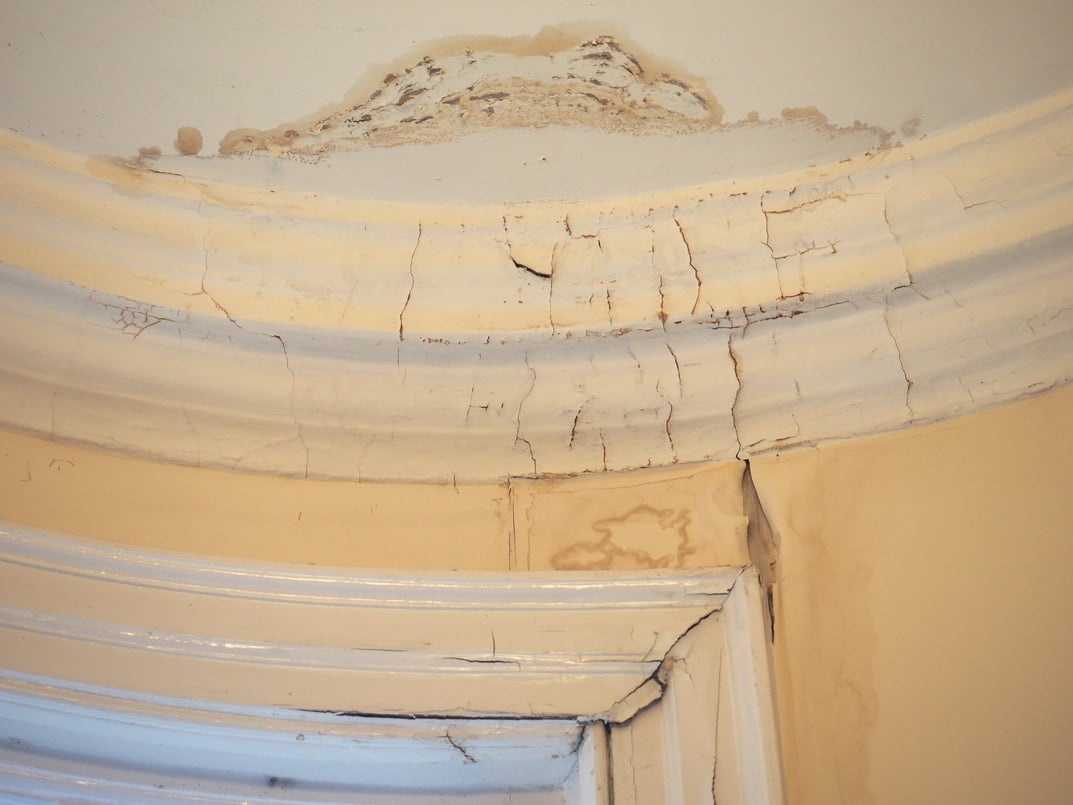
In the last blog, we discussed how to remove moss and algae from a roof. In this post, we will talk about how to prevent moss and algae from growing in the first place. Moss and algae are very different, but the approaches you take to prevent them are quite similar.
Algae Overview
As we talked about in the last blog, algae usually do not harm a roof, but the black streaks and discoloration they produce can look very unappealing. Algae spores are quickly spread across rooftops by either animals or the wind. Blue-green algae are the most common type to grow on roofs. If you have dark streaks on your roof, algae have most likely been growing there for months.
Moss Overview
Moss spores can also be carried from rooftop to rooftop via animals or the wind. Unlike algae, moss can be very damaging to your roofing system. It can build up in an area and lift up edges of shingles, causing them to warp. This type of damage can break the bond between shingles, making it easier for strong winds to blow them off and for water to infiltrate.
Preventive Measures to Take
If you have tree branches that are hanging over your roof or located in areas that shade a portion of your roof for long periods throughout the day, trim them back to allow the sunlight to hit your roof more directly. This will help prevent excess moisture from accumulating. It will also cut back on the amount of debris that falls onto your roof from trees.
If you do experience debris accumulating on your roof, be sure that you clear it away regularly. You could use a leaf blower to do this. Never use a power sprayer on your roof, particularly if your shingles are asphalt. This can cause extensive damage and shorten your roof's lifespan. If you do use a leaf blower, always blow the air down the roof to push the debris away. If you blow the debris upward, it can get pushed into the crevices around shingles.
Ventilation is another very important factor that helps prevent moisture problems that lead to moss and algae growth. A proper ventilation system should be installed beneath the roof deck to reduce the buildup of heat and condensation in your attic. A good ventilation system should create a continuous and balanced flow of air that removes humidity and draws in cool, dry air, protecting the roof and the home from moisture damage.
Also, keep your gutters clear of debris so that water can drain properly from the roof. Make sure your gutters and downspouts are positioned properly so the water runs onto the ground and away from the foundation of the house, not onto lower parts of the roof.
Some suggest adding strips of copper or zinc to the roof to prevent the growth of algae and moss, but this is not recommended. To add strips on top of your roofing system, you will end up with exposed nail heads that can eventually cause leakage. If you install the strips by sliding them underneath your shingles, you will break the seal that bonds the shingles together and protects your roof from water and wind damage.
If you are thinking about having your roof replaced or are building a new home, consider installing asphalt shingles that incorporate copper granules. If homes in your neighborhood often succumb to algae or moss growth on rooftops, it would be wise to check into the different types of shingles that incorporate algae-resistant technology.
Conducting regular roof inspections will help to prevent all kinds of damage to your roofing system. By taking these preventive steps, you will greatly reduce or diminish the growth of moss and algae on your roof. If you have any questions regarding the maintenance of your roofing or gutter system, feel free to contact Hedrick Construction. We are located in Huxley, Iowa and would be happy to assist you in any way we can.








Comments